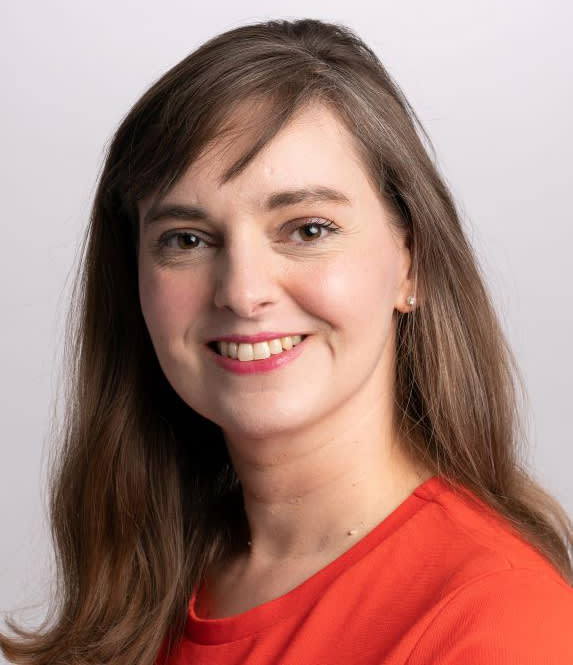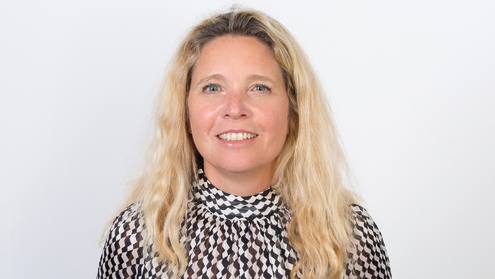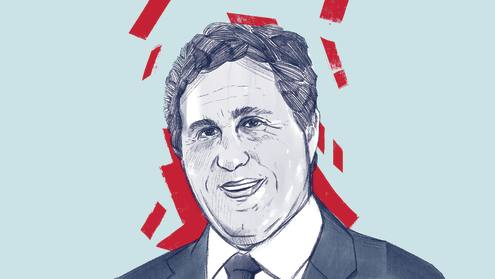The 2008 global financial crisis represents an important watershed in the development of the global economy and international financial system. Over the past 10 years, 'the age of uncertainty' – to borrow the title of John Kenneth Galbraith’s 1977 book – has come to be shrouded in an even thicker layer of mystery. This poses an enormous challenge for all economies, regardless of their stage of development.
At the time of writing, a number of news stories are creating uncertainty, which is responsible for the elevated volatility we observe in the financial markets. These concerns include the trade tension between the US and China; the divergence in the speed of monetary policy normalisation in the advanced economies; financial fragility in emerging market economies as US interest rates continue to rise and the dollar regains strength; the fallout from Brexit; and the fresh round of sanctions imposed on Iran by the US after the multilateral nuclear accord was dismantled.







